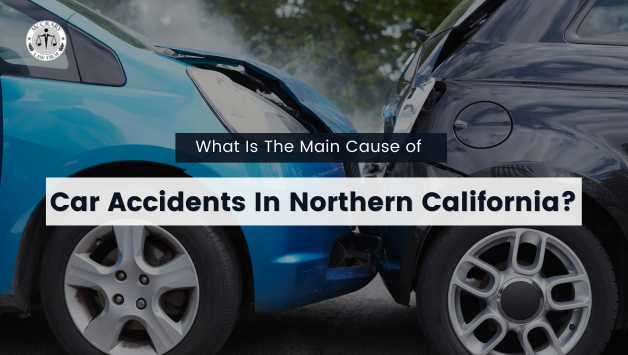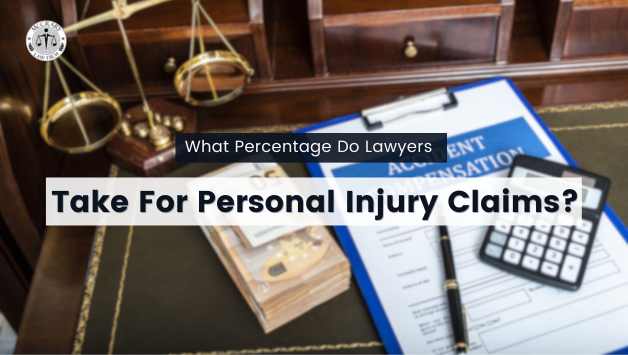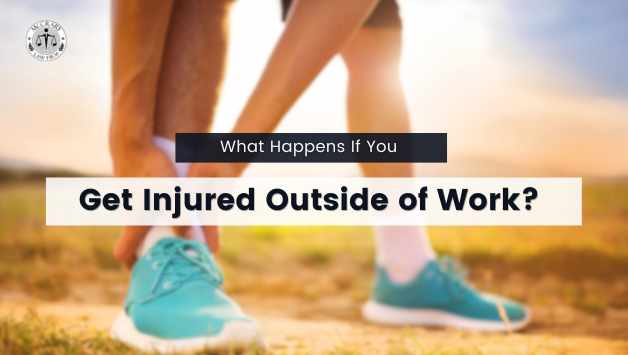How To Prove You Are Not At Fault In A Car Accident? Simple Steps!
6 Types of Evidence Needed To Win Personal Injury Claim
By Dan McCrary | February 19, 2024

Proving personal injury claims is one of the most difficult tasks, which is impossible unless you have sufficient proof. The proof must be valid as per laws; otherwise, the lawyer of the opposing party can easily weaken your case.
The main issue is only legal experts know what proof can be served as solid evidence in the court. And if someone decides to navigate the claim without a lawyer’s help, they get confused and often misled due to having little knowledge.
However, this issue can be solved with this guide as we’ll explain what evidence is needed for a personal injury claim. We’ll also discuss the limitation period for the claim so you can file the case at the right time and get fair compensation.
What Evidence Do You Need To Prove A Personal Injury Claim?
There are different types of evidence you need to prove a personal injury claim. For example, medical reports of injury, hospital bills, and evidence to prove that the accident happened due to the negligence of someone. You can read more about the evidence below:
1. Injury Evidence
The most important evidence is the medical reports of the injury. These reports provide insights into the severity, level of discomfort, and repercussions of the injury inflicted upon your life.
Also, make sure to include reports about disabilities caused by the injury (if any). The disability could be temporary or permanent. What matters is whether you have evidence to show it happened due to the accident or not.
2. Eye Witnesses Statements
An eyewitness statement is also important for personal injury claims. The eyewitnesses provide firsthand accounts of what occurred during the accident, supporting your evidence and perspective, which makes your case stronger.
However, it’s also important to communicate with witnesses about potential court proceedings. Only involve them in the case if they are willing to testify in court when necessary. For this process, you may also need to cover their travel expenses.
Have a question?
We’re here to help 24/7.
Call or Text Us Now (855) 752-6326
3. Evidence To Prove Negligence
In a personal injury claim, the victim demands compensation from the party who is responsible for the accident. However, you can’t just simply allege someone guilty of the accident without strong evidence.
The evidence of proving negligence depends upon the case. For example, in the case of a machine malfunction, a report regarding the machine’s condition is needed. If the accident resulted from a driver’s negligence, witness statements or CCTV footage are important.
4. Victim Statement
Along with the evidence mentioned above, you should also attach the victim’s statement (your statement). The statement will detail your perspective about what happened before or during the time of the accident.
It’s a crucial part, so ensure to include all details while recording the statement. For a comprehensive statement, legal experts suggest taking notes of the memories of the accident. This is because it’s common for victims to forget the details after some time.
5. Police Reports
The first government official who comes to the injured person is typically the police. They arrive at the accident scene to document the incident, capture photos, and videos, and obtain victim statements.
After acquiring all of these details, police create a detailed report. This report can be helpful to prove your claim as it includes every little detail. You can take the report copy by visiting the police department and paying between $15 to $20 fee (depending upon the type of report).
6. Evidence of Financial Loss
The sixth important piece of evidence that could be helpful for the personal injury claim is the proof of financial loss. If you were hospitalized or recovering at home due to your injury, you can use the records to show your loss of wages and ask for fair compensation.
You can bank statements reflecting decreased income. Records of missed work days resulting in lost wages, or any documentation like hospital bills that show the financial impact of your injury can also be used as evidence.
Limitation Period For Personal Injury Claims In California
It’s crucial to note that every state sets a deadline for filing personal injury claims. This deadline is known as the limitation period, which can be one year or more depending upon the state you live in. After this time, it becomes challenging to gather evidence to support the claim.
In California, the limitation period is specifically three years from the date of the accident. If your injury occurred more than three years ago, you may not be eligible to seek compensation from the at-fault party, and the claim won’t be valid.
Personal Injury
Car Accident
Dog Bite
Motorcycle Accident
Truck Accident
Uber or Lyft
Wrongful Death
Latest News
Seek Legal Expert's Advice: Final Thoughts
There are multiple types of evidence you need to prove the personal injury claim. The evidence includes injury reports, hospital bills, eye witness statements, victim statements, police reports, financial loss reports, and evidence to prove negligence.
Having all these proofs can make the case stronger, holding the opposing party accountable for your losses. If you're unsure about anything, reach out to our law firm for free consultations with experienced personal injury lawyers.
FREE CONSULTATION 24/7, NO FEES UNTIL WE WIN .
Call or Text Us Now (855) 752-6326













